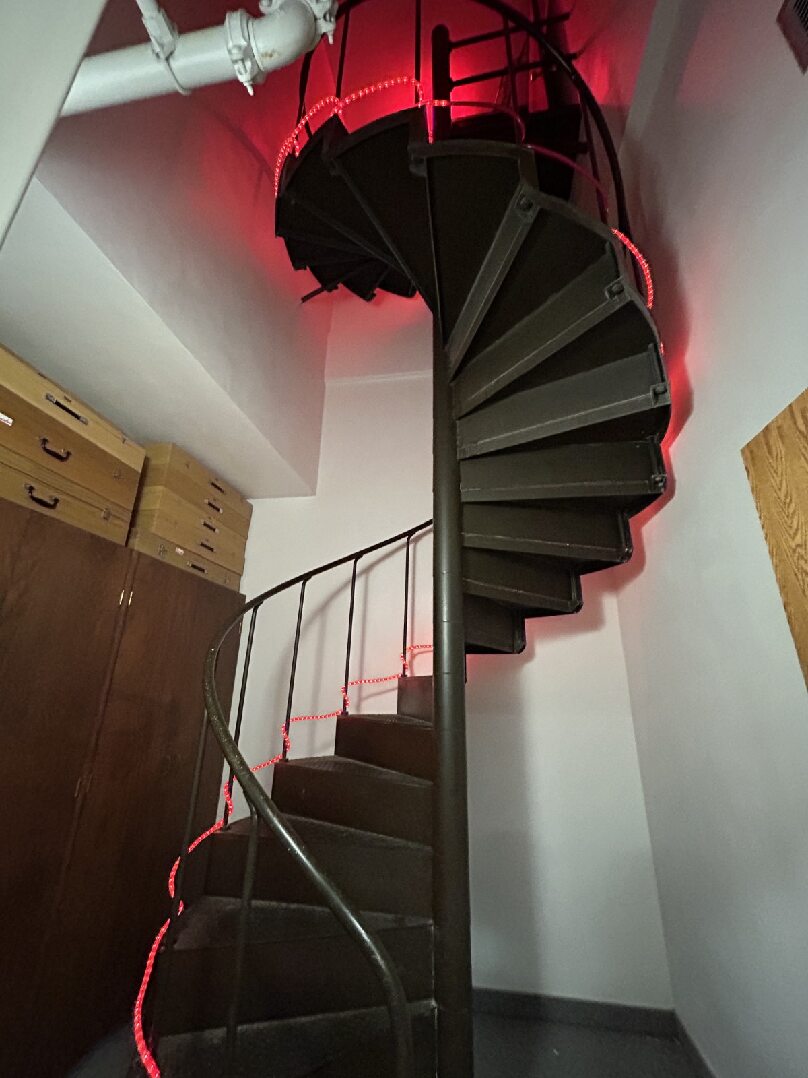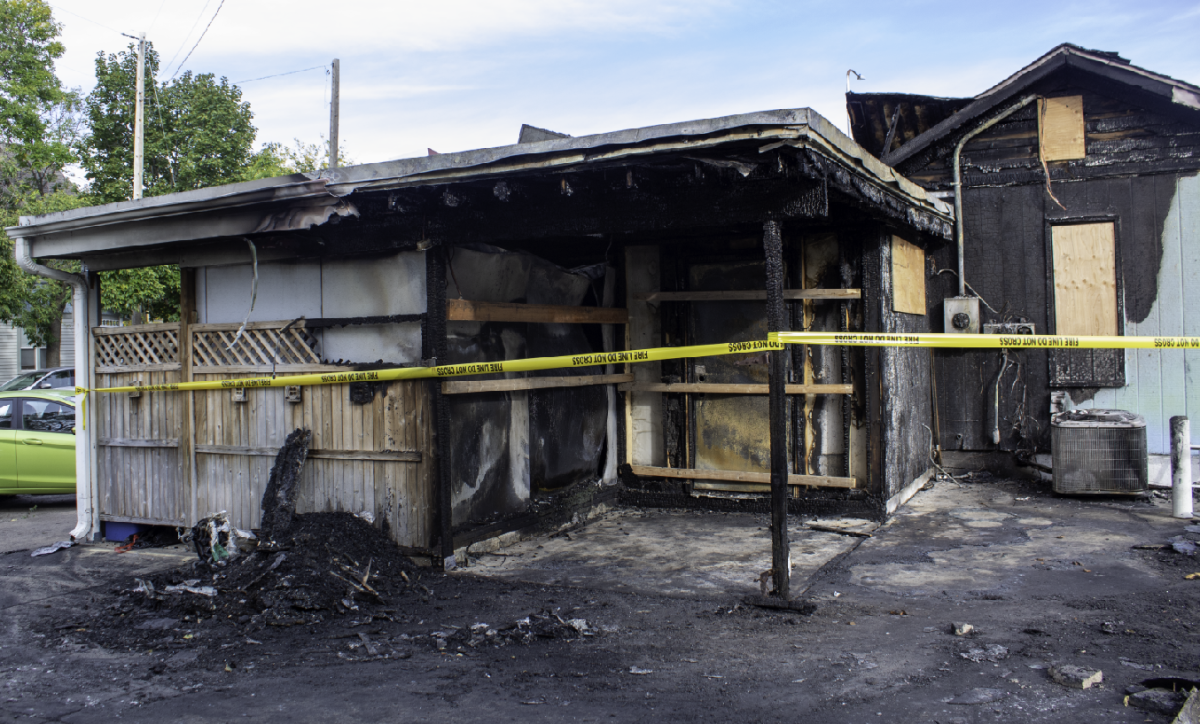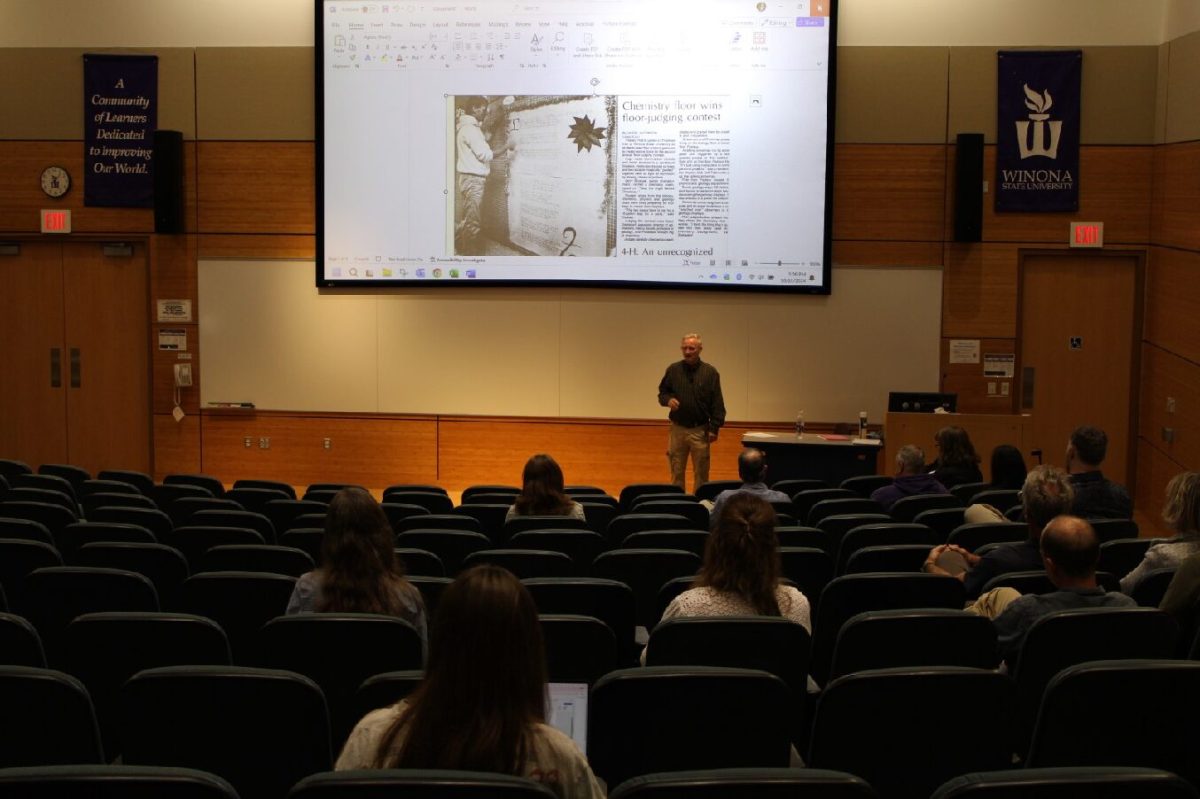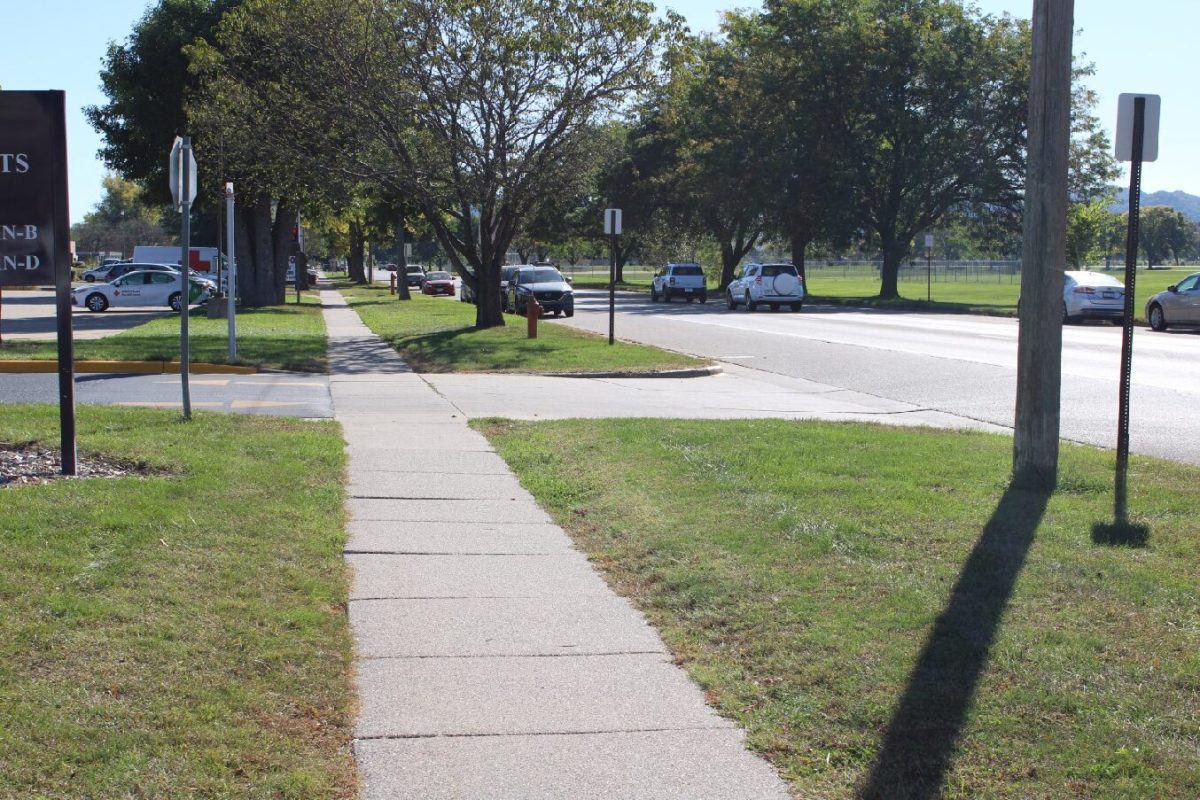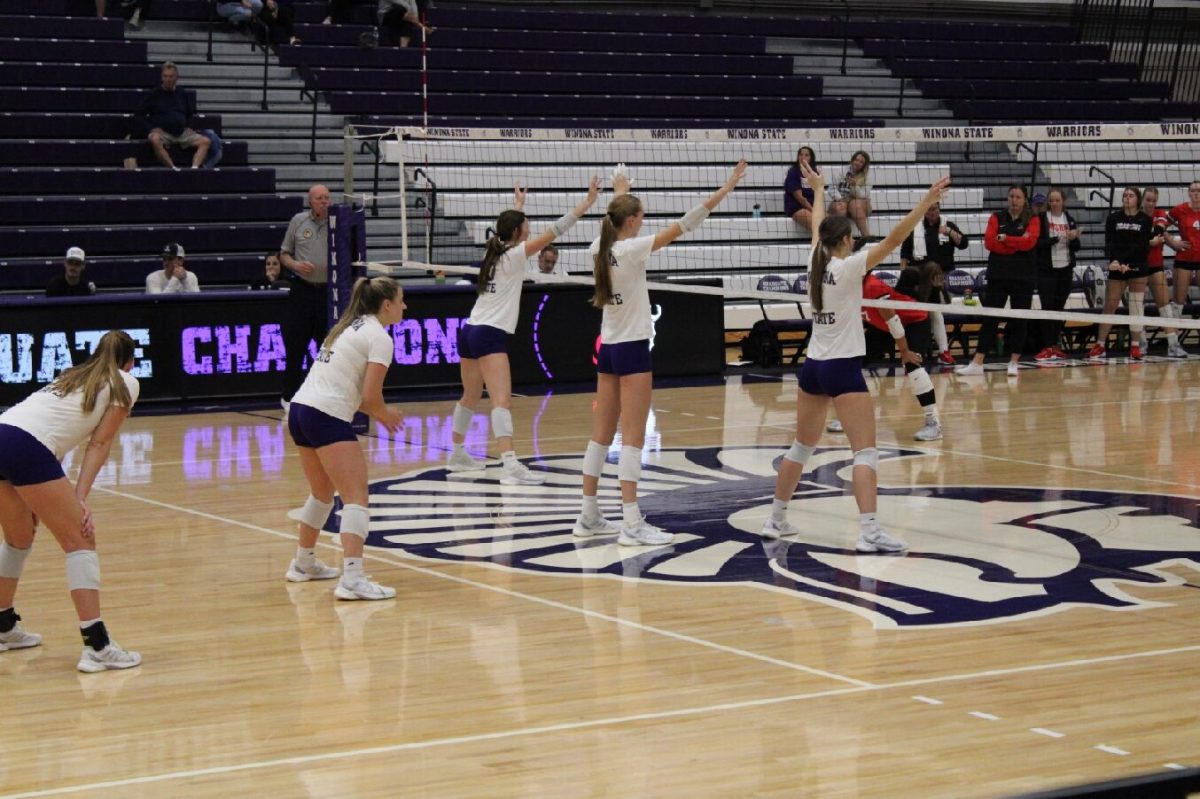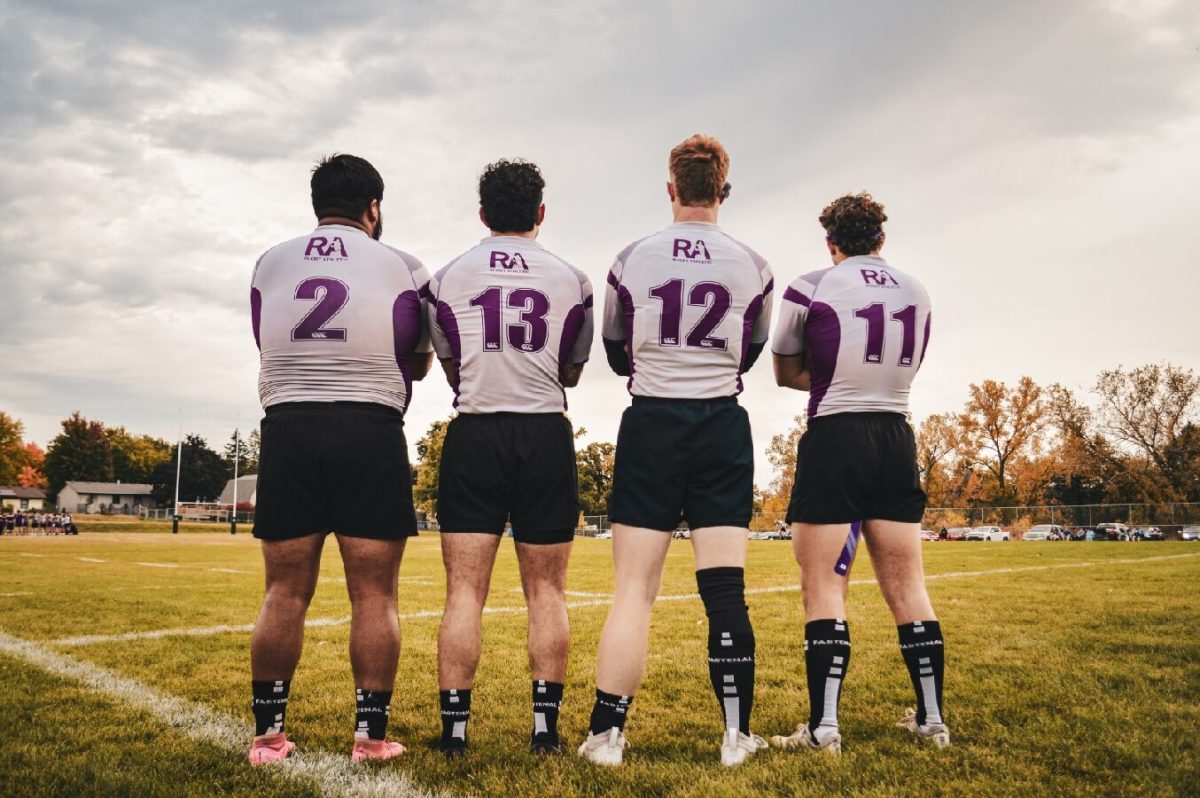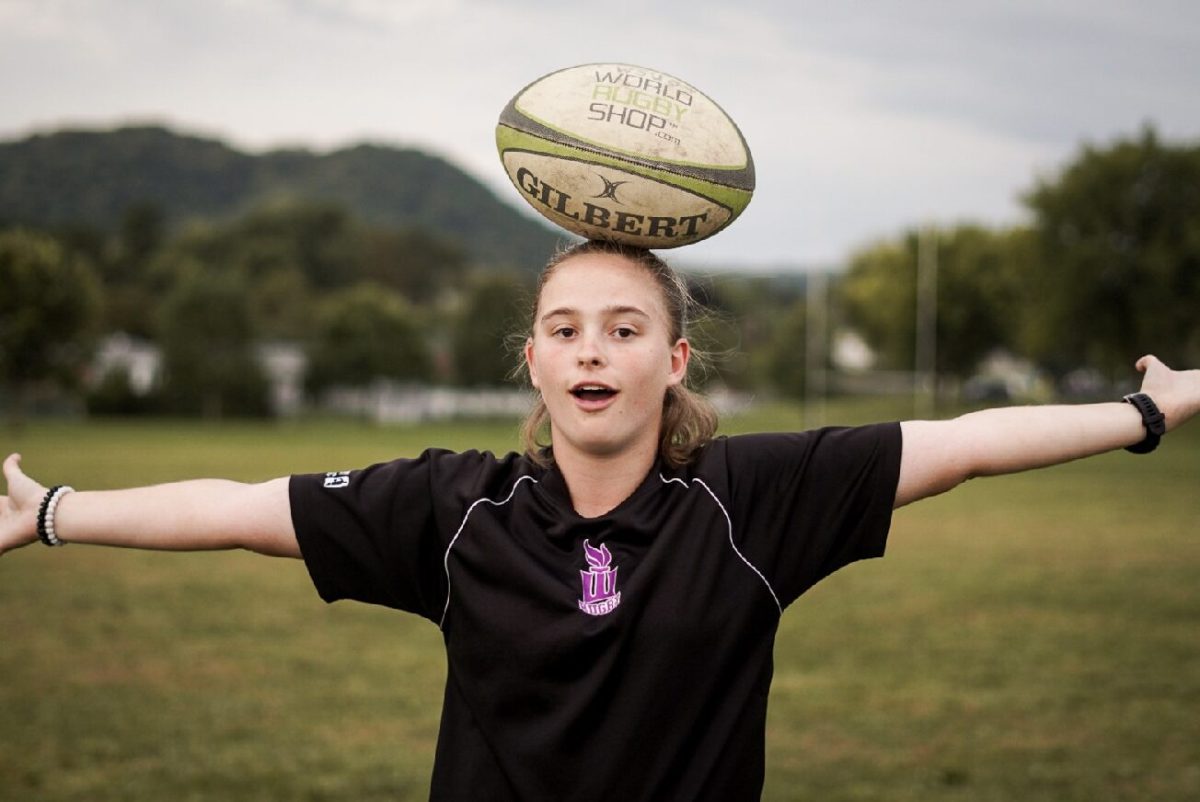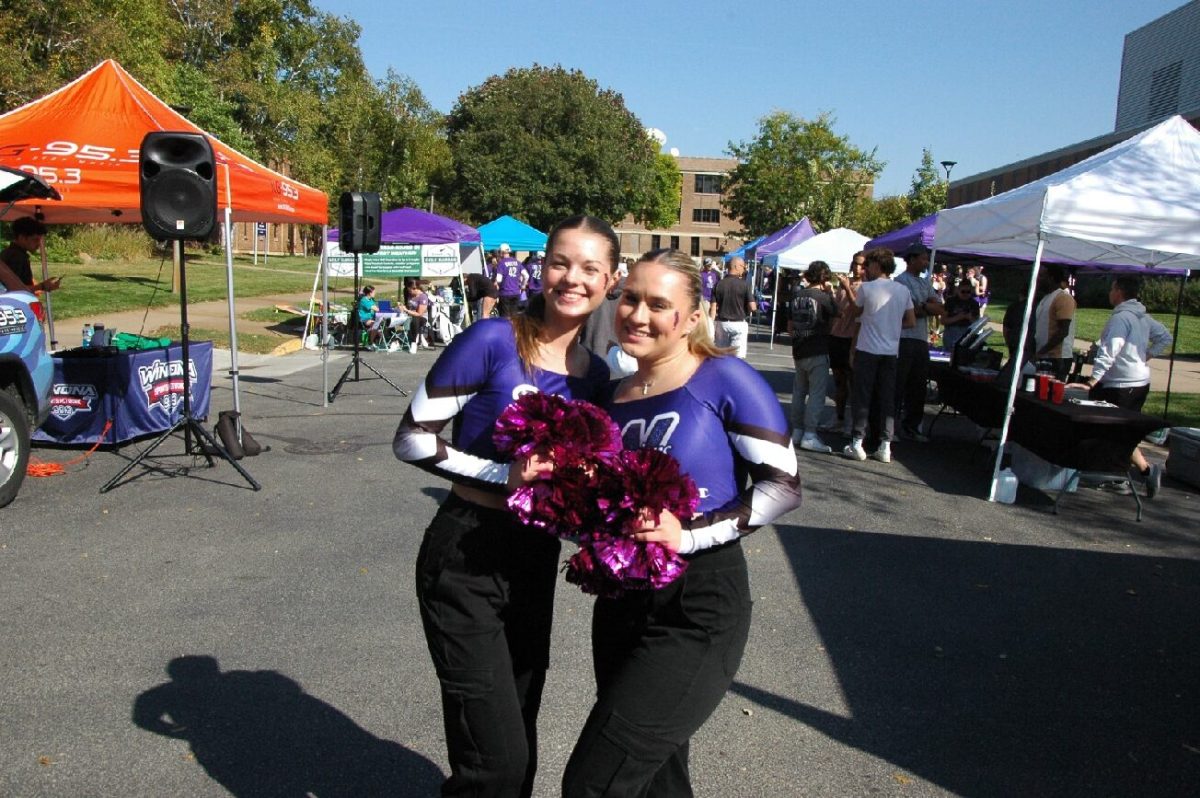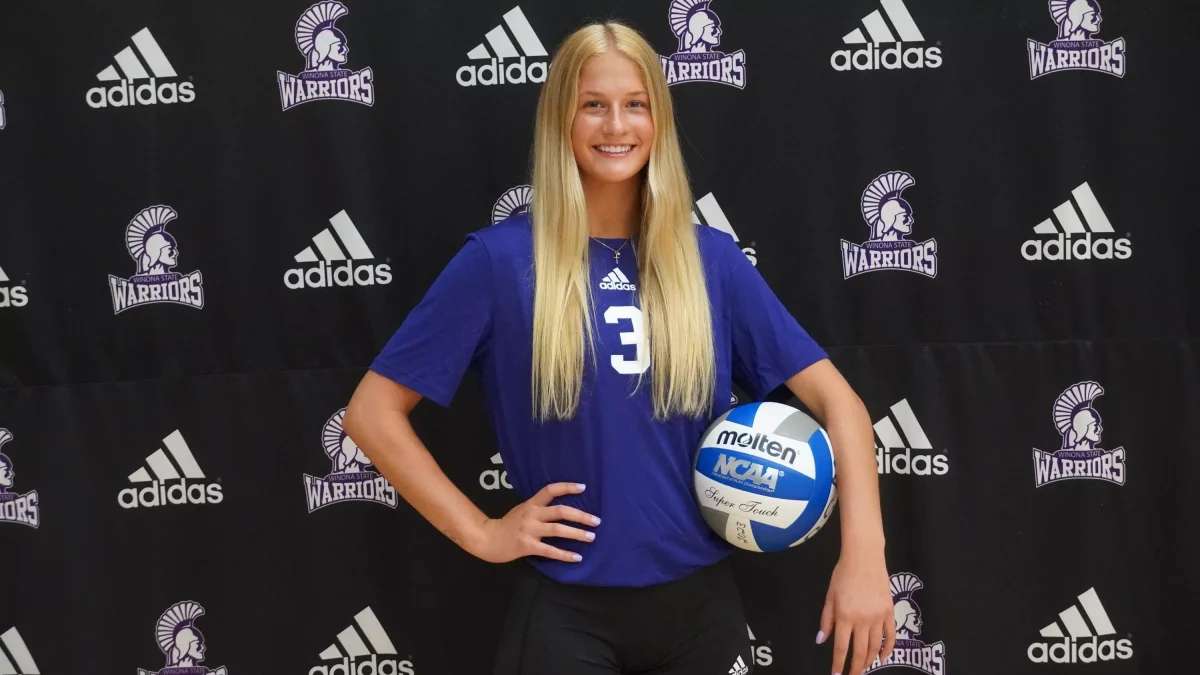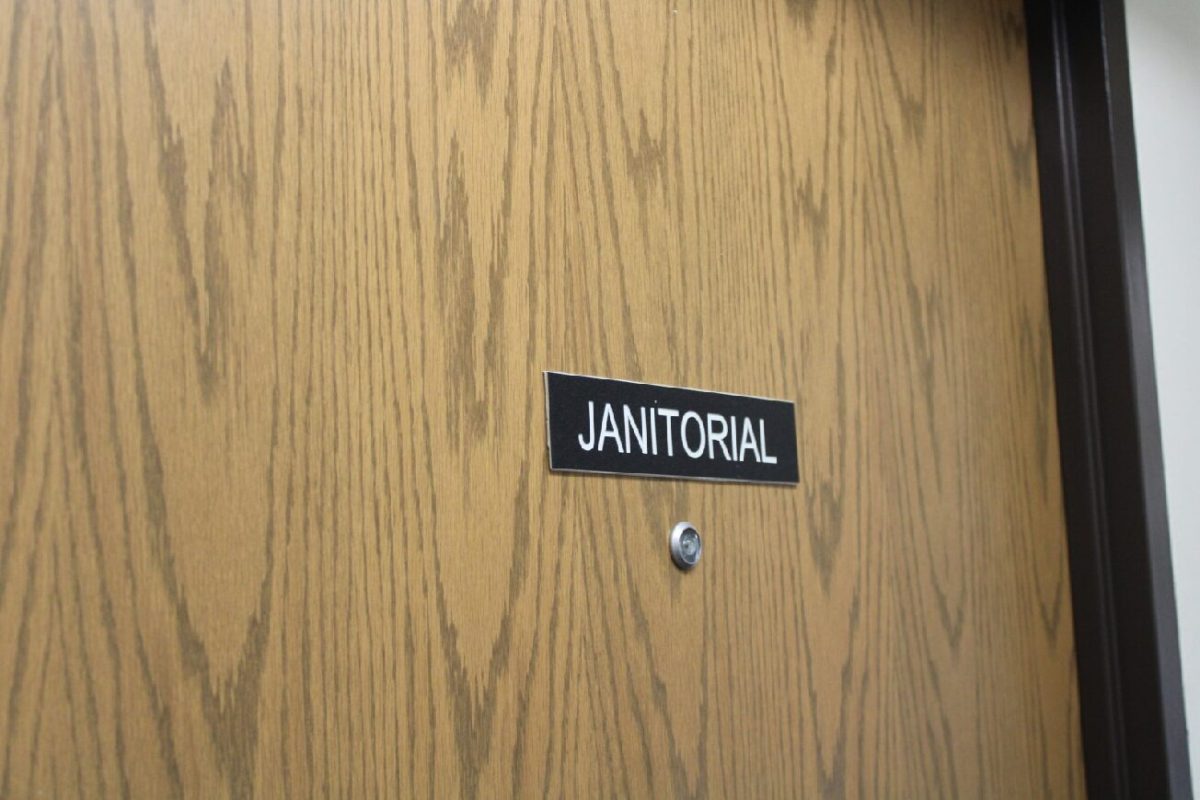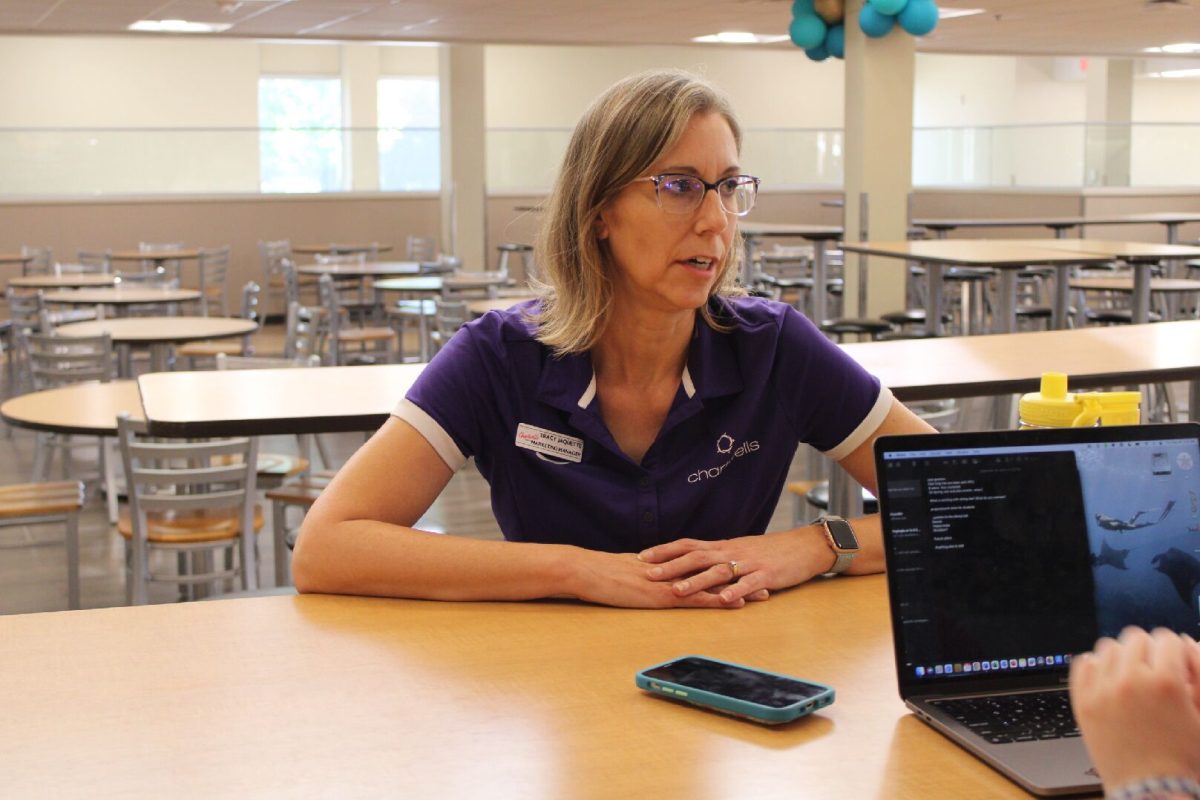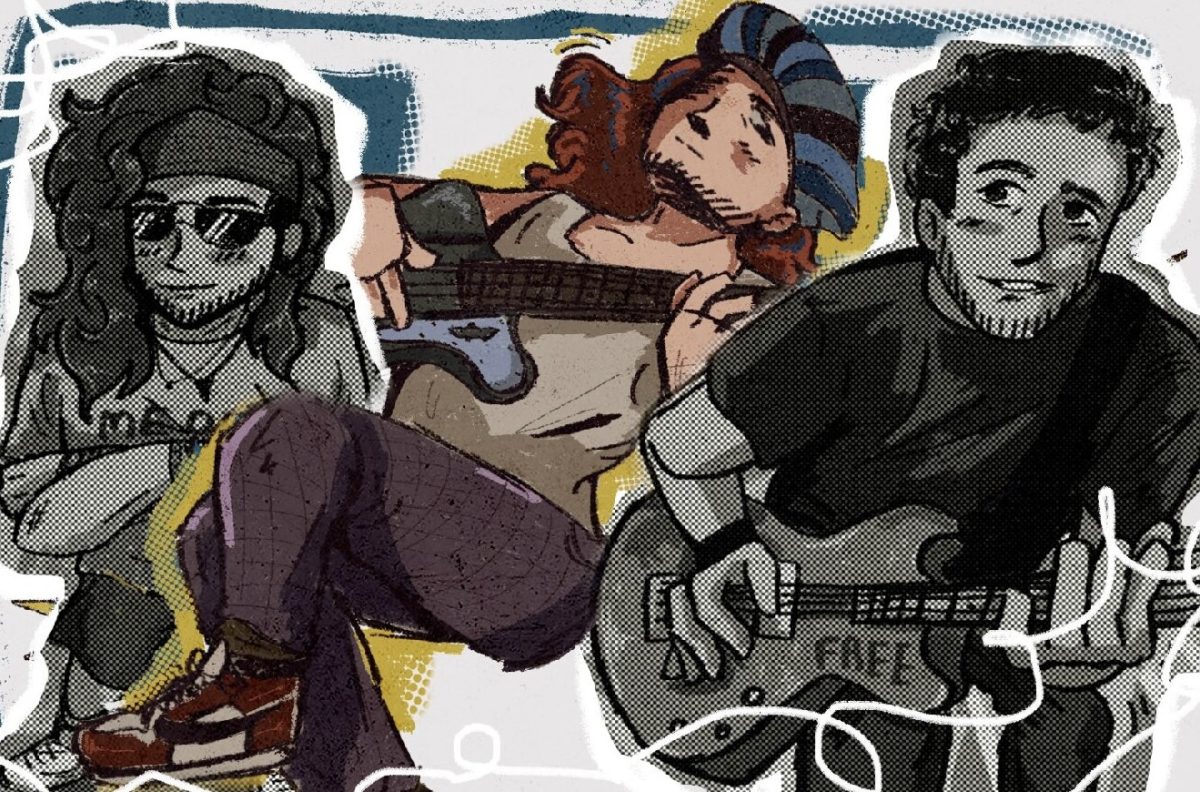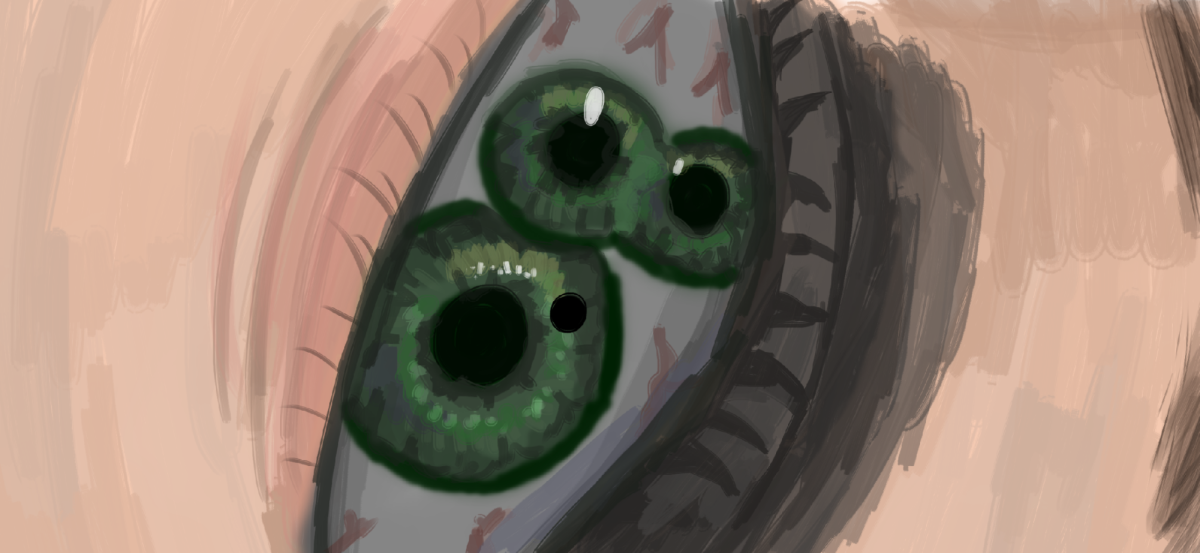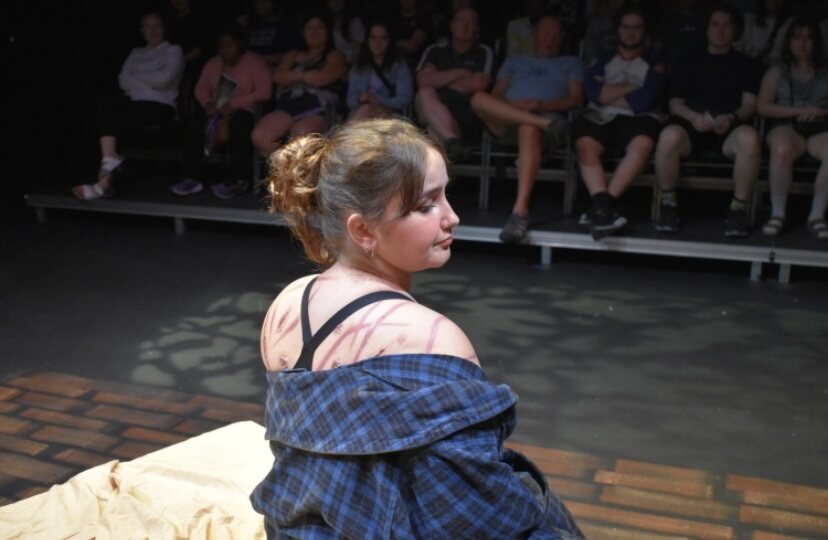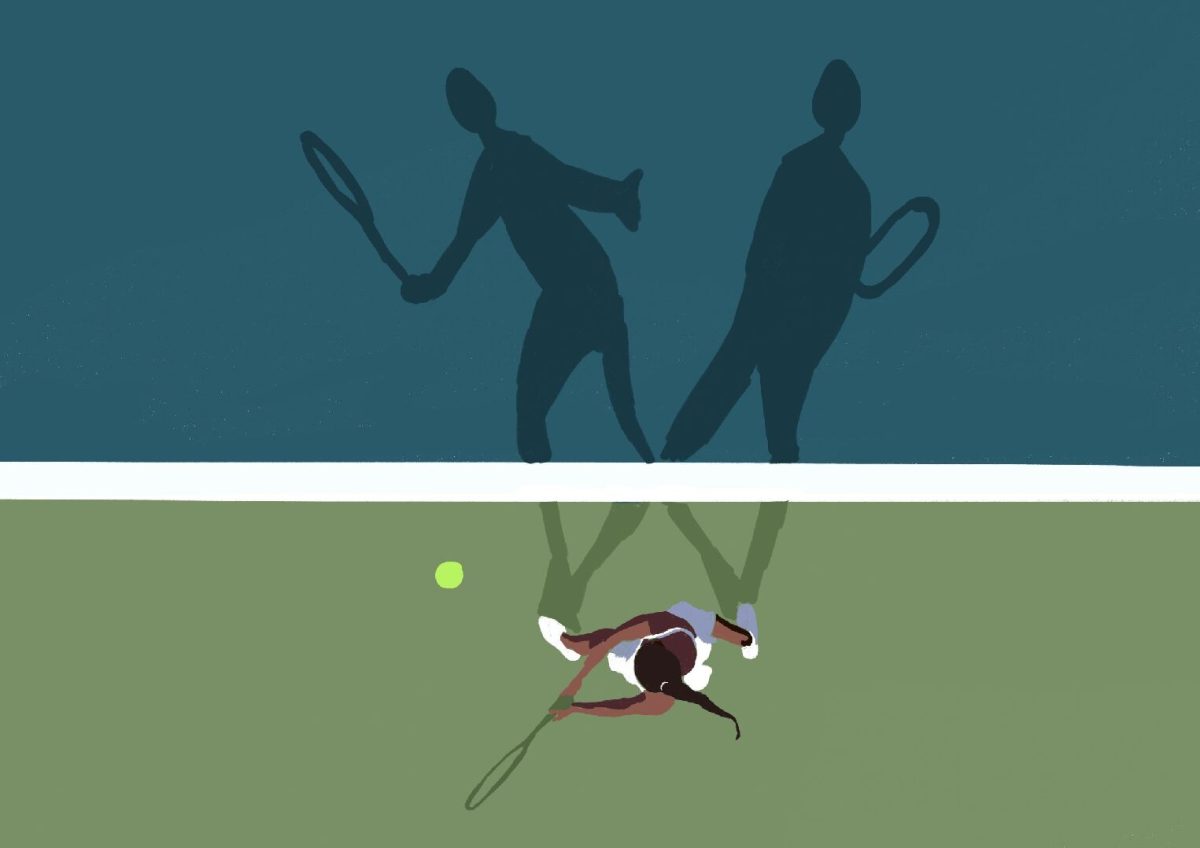Regional arts council supports artists state-wide and at WSU
March 24, 2021
Southeastern Minnesota Arts Council (SEMAC) supports artists in the region through grants.
The grants are funded through the Legacy Fund which was created in 2008 after Minnesota passed the Clean Water, Land and Legacy amendment.
Winona County commissioner, Marie Kovecsi, said the Legacy Fund is beneficial to the arts.
“The funding for arts is a little shadow-y. It’s sometimes here and sometimes not and that’s what’s nice about the Legacy Fund. In the state of Minnesota, the people voluntarily took on that tax specifically to fund arts and an outdoor activities and a couple other categories like that,” Kovecsi said. “They’re not usually the high points of grant applications, so it’s lowkey, but it’s targeted to those areas that need it.”
Kovecsi said the goal of SEMAC is to raise awareness and show support for the arts.
“Their objective is to promote the arts, to infuse the arts into the community and just generate more participation and appreciation for arts in general,” Kovecsi said.
Roger Boulay, a Winona State University assistant professor in the Art Department, said SEMAC grants are available to all artists.
“It’s very accessible, like, you don’t have to be an art star to get one of these grants. I currently have two students who got grants who have work on display,” Boulay said. “So emerging artists, younger artists are welcome and encouraged to apply and can get success.”
SEMAC has grants for both individuals and for larger organizations.
Kovecsi said that funding for larger organizations supports the community.
“Shakespeare and Mid West Music Festival and all of those, they do amazing things for our community and they pull in tourists, so there’s economic benefit and all that,” Kovecsi said. “But, the so-called little guys, the school programs like the Whitewater State Park, Project FINE, those kinds of things, I really appreciate that those organizations have been aware of this funding and have made use of it.”
Boulay received SEMAC grants in 2019 and 2020.
Boulay said his first SEMAC grant was for a project he was creating.
“My first SEMAC grant was for mid-career artist grants to have exhibition of large-scale photographs I had taken at defunct and decommissioned military bases all over Minnesota,” Boulay said. “I had an exhibition of that work at the Rochester Art Center. So, the grant supported that work, and I was able to purchase materials and framing supplies and things like that to have a professional exhibition of photographic artwork.”
Boulay said this grant was vital to complete the project.
“I was able to conduct a project that was expensive, that I probably wouldn’t have been able to do in the same way without the grant. I was able to have a professional frame the work for me because of the grant,” Boulay said. “It also provided me resources to travel around the state so I could pay for things like a hotel room or buy materials. This was actually a project I did with film photography, which is increasingly more inexpensive to do in 2020-21.”
Kovecsi said grants like the one Boulay received help students at Winona State too.
“They [professors] are able to mentor their students with this kind of funding and they’re also able to show their students different ways to support themselves with art when they graduate,” Kovecsi said.
Boulay said his second SEMAC grant supported Winona State.
“The second grant is actually not quite finished up yet and it was one of their arts and heritage, cultural heritage grants. That was to help pay for some of the curtains that are currently over the Somsen mural,” Boulay said. “So, the grant was to figure out what to do with [the] Somsen mural and then we arrived at the solution to cover it for the time being and that grant helped pay for that.”
Boulay said that Minnesota in general works to support the arts.
“Minnesota is so far and ahead, above and beyond what’s happening in our neighboring states, in terms of support for the arts. I really think it’s a huge boo, and benefit to Winona and in the state,” Boulay said.

